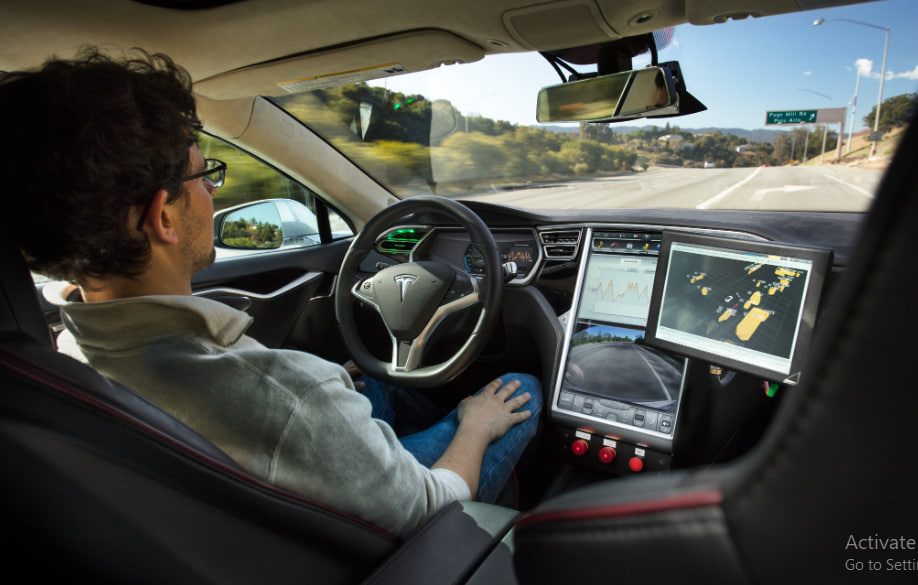
Is self-driving technology the standard for future car production?
There’s no denying that technology has progressed at a rapid pace over the last few decades, revolutionizing the way we live our daily lives. One area where technology has made a significant impact is in the automotive industry, with self-driving technology being one of the most exciting developments in recent years. As we look ahead to the future of car production, many are wondering if self-driving technology will become the standard. Now , we’ll explore this topic in-depth and examine the potential implications of this technology becoming the norm.

The pros and cons of self-driving car technology
The Pros and Cons of Self-Driving Car TechnologySelf-driving car technology has been in development for several years, with major automakers and tech companies investing billions of dollars to perfect the technology. While the idea of autonomous vehicles may sound exciting and promising, it is important to examine the potential pros and cons of this technology.
Pros:
1. Improved Safety:
One of the main advantages of self-driving car technology is that it has the potential to greatly reduce the number of accidents caused by human error. According to the National Highway Traffic Safety Administration, 94% of car accidents are caused by human error. With self-driving cars, the risk of accidents caused by human error would be significantly reduced.
2. Increased Mobility:
Self-driving cars have the potential to greatly increase mobility for people who are unable to drive due to physical or cognitive disabilities. Self-driving cars would allow these individuals to travel independently, without relying on others for transportation.
3. Reduced Traffic Congestion:
With self-driving cars, traffic congestion could be reduced, as self-driving cars would be able to communicate with each other and make decisions that optimize traffic flow. This could lead to reduced travel times and fewer traffic jams.
4. Increased Productivity:
With self-driving cars, drivers would be able to use their travel time more productively, such as working, reading, or relaxing. This could lead to increased productivity and a better work-life balance for individuals.
Cons:
1. Job Loss:
As self-driving cars become more prevalent, it is likely that many jobs will be lost, particularly in the transportation and logistics industries. It is estimated that up to 3 million jobs could be lost in the United States alone.
2. Cybersecurity Risks:
Self-driving cars are vulnerable to cyber attacks, which could result in accidents or theft of personal information. As self-driving car technology advances, it will be important to develop robust cybersecurity measures to protect against these risks.
3. Legal and Ethical Issues:
As self-driving cars become more prevalent, there will be legal and ethical issues to consider, such as liability in accidents and the ethical implications of programming a car to make decisions that could result in harm to passengers or others.
4. Expensive Technology:
Self-driving car technology is still expensive, and it is uncertain whether the cost will come down in the near future. This could limit the adoption of self-driving cars and make them inaccessible to many people.
In conclusion, while self-driving car technology has the potential to greatly improve safety, mobility, and productivity, there are also significant challenges to consider. As the technology continues to evolve, it will be important to carefully examine the pros and cons and develop strategies to address the potential risks and challenges.
The impact of self-driving car technology on the environment
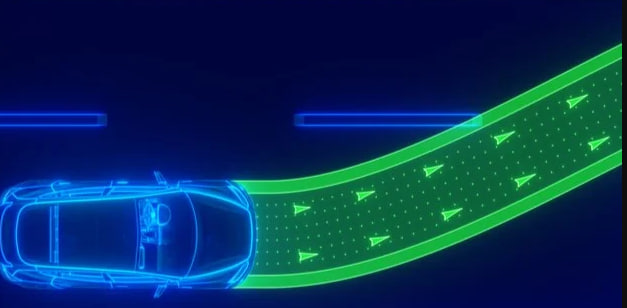
The development of self-driving car technology has been the subject of much discussion and debate in recent years. While the benefits of this technology are clear in terms of safety and efficiency, the impact it will have on the environment is less clear. Now , we will explore the potential environmental impacts of self-driving cars and the steps being taken to mitigate them.One of the most significant potential benefits of self-driving cars is the reduction in traffic congestion. By optimizing routes and reducing the amount of time cars spend idling in traffic, self-driving cars could significantly reduce the amount of greenhouse gas emissions associated with transportation. Additionally, self-driving cars could reduce the number of cars on the road, as they could be used more efficiently by more people.
However, there are also concerns that self-driving cars will increase the amount of driving that people do, as they will be able to multitask while in the car and may be more likely to use cars for short trips that they might have otherwise walked or biked. This could lead to an increase in emissions as people drive more frequently and for shorter distances.
Another potential environmental impact of self-driving cars is the production and disposal of the technology itself. Self-driving cars require a significant amount of technology, including sensors, cameras, and advanced computer systems. The production of these components requires the extraction of raw materials and the use of energy-intensive manufacturing processes. Additionally, once the technology becomes outdated, it will need to be disposed of properly to avoid contributing to e-waste.
To mitigate these potential environmental impacts, several steps are being taken. For example, many self-driving car manufacturers are working to reduce the environmental impact of the production process by using sustainable materials and implementing energy-efficient manufacturing processes. Additionally, some companies are exploring ways to extend the lifespan of self-driving cars, such as by using modular designs that allow for easy upgrades and repairs.
Another way to mitigate the environmental impact of self-driving cars is to encourage their use in conjunction with public transportation. By integrating self-driving cars into a larger transportation network, we can reduce the number of cars on the road and encourage people to use public transportation for longer trips. This could significantly reduce the amount of greenhouse gas emissions associated with transportation.
In conclusion, while self-driving cars could have a significant impact on the environment, both positive and negative, steps are being taken to mitigate their environmental impact. By using sustainable materials, reducing the number of cars on the road, and integrating self-driving cars into a larger transportation network, we can ensure that this technology has a positive impact on the world around us.
How self-driving car technology is changing the auto industry
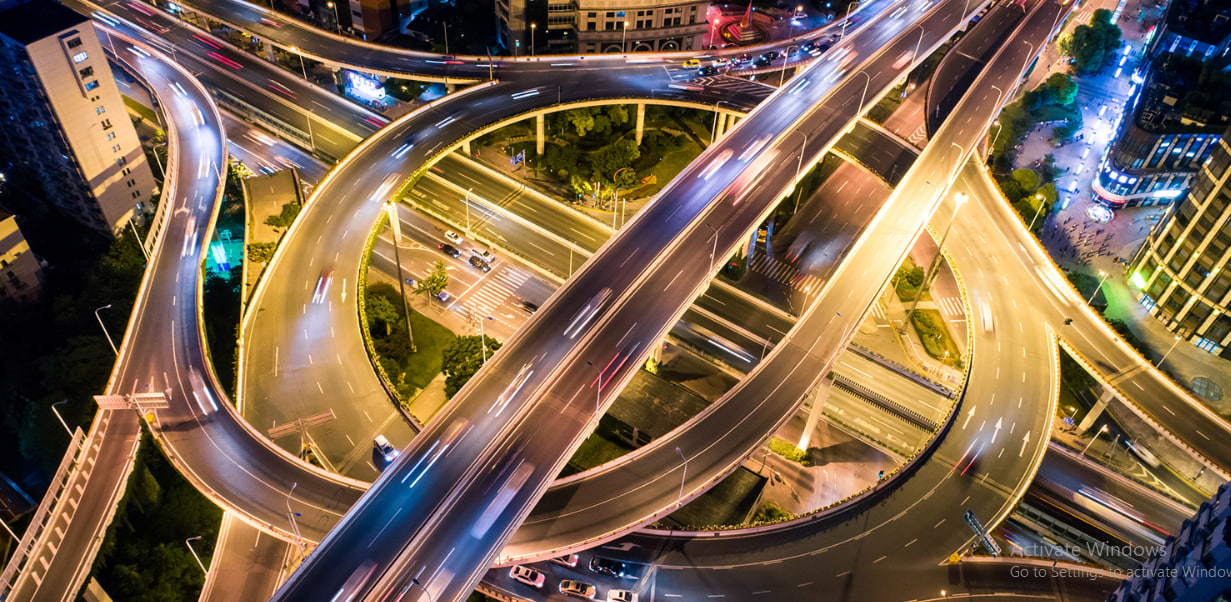
The automotive industry is on the brink of a revolution, and it’s all thanks to self-driving car technology. Rapid advancements in this field are expected to bring significant changes to the way we travel, commute, and even think about transportation. In this , we’ll explore how self-driving car technology is changing the auto industry.First, let’s define what self-driving car technology is. Simply put, it’s the capability of a vehicle to operate without a human driver. It relies on a combination of sensors, cameras, and software that allow the vehicle to navigate, detect obstacles, and make decisions on its own.
One of the most significant impacts of self-driving car technology is the potential reduction in car accidents. According to the National Highway Traffic Safety Administration (NHTSA), 94% of all car accidents are caused by human error. With self-driving cars, this statistic could drastically decrease. Self-driving cars can constantly monitor their surroundings, react faster than human drivers, and communicate with other vehicles to avoid accidents.
The reduction in car accidents is not the only benefit of self-driving car technology. It also has the potential to reduce traffic congestion. Self-driving cars can communicate with each other to optimize traffic flow and reduce the number of cars on the road. This could result in faster commutes, less time spent in traffic, and ultimately, less pollution.
Self-driving car technology can also make transportation more accessible to people who are unable to drive. Elderly individuals, people with disabilities, and those who can’t afford a car can all benefit from this technology. Self-driving cars can provide them with greater independence and mobility, improving their quality of life.
The auto industry is also changing as a result of self-driving car technology. Traditional automakers are now competing with tech companies like Waymo, Uber, and Tesla, who are leading the charge in self-driving car development. This has led to increased collaboration between automakers and tech companies, as they work to integrate self-driving technology into their vehicles.
Another change in the auto industry is the shift towards mobility as a service (MaaS). With self-driving cars, people may no longer need to own a car. Instead, they can simply summon a self-driving car whenever they need it. This could lead to a decrease in car ownership, and an increase in the use of ride-sharing services.
In conclusion, self-driving car technology is bringing significant changes to the auto industry. It has the potential to reduce car accidents, traffic congestion, and make transportation more accessible to everyone. The auto industry is also changing as traditional automakers compete with tech companies and shift towards mobility as a service. It’s an exciting time for the automotive industry, and we’re looking forward to seeing how self-driving car technology will continue to evolve and shape the future of transportation.
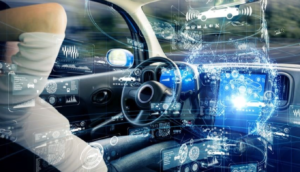

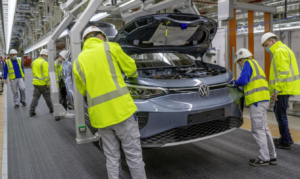




Your insights have broadened my horizons.
Your blog is a breath of fresh air.